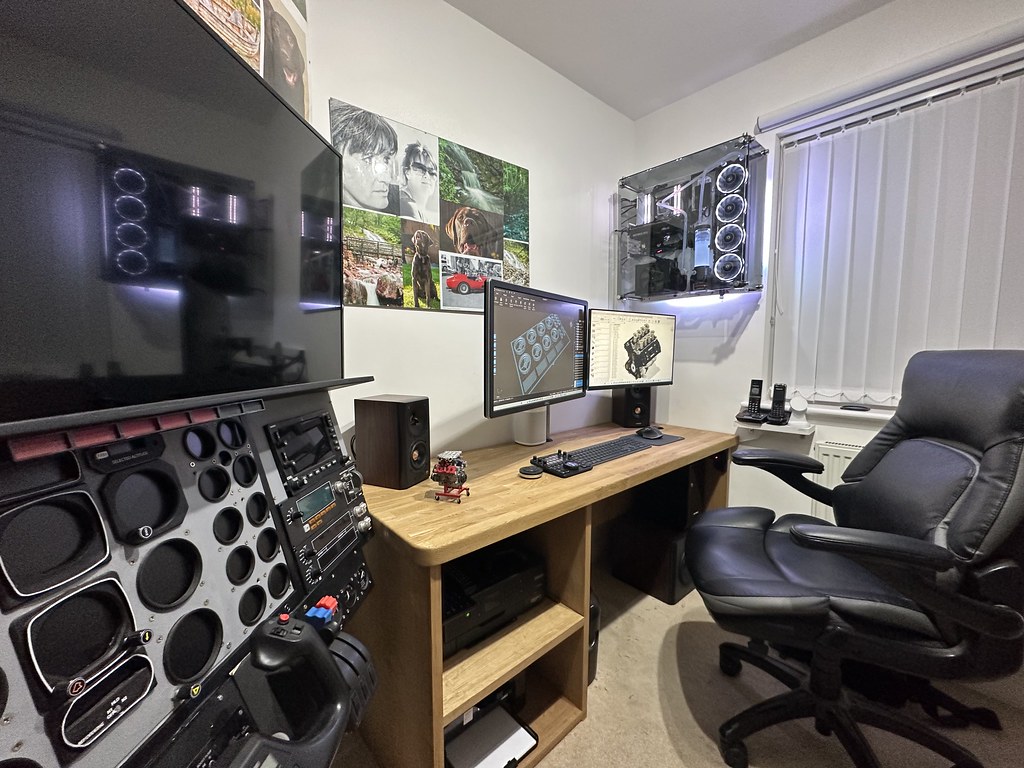Transporting the chemicals could be problematical ( like aerosol spray paint cans ) - they attract quite a hefty surcharge. As an aside - I lost count of the 3D printers I looked at, only to find they were 'collect in person' some great bargains to be had, if you were prepared to go to Aberdeen, or anywhere North of the Border - I can well understand people not wanting the hassle of packing & despatching something bulky & fragile.
If the sale is local, I'd think to ask if you could have a quick demonstration & check the best by dates on the chemicals..........
Dave
If the sale is local, I'd think to ask if you could have a quick demonstration & check the best by dates on the chemicals..........
Dave

 .
.

Comment